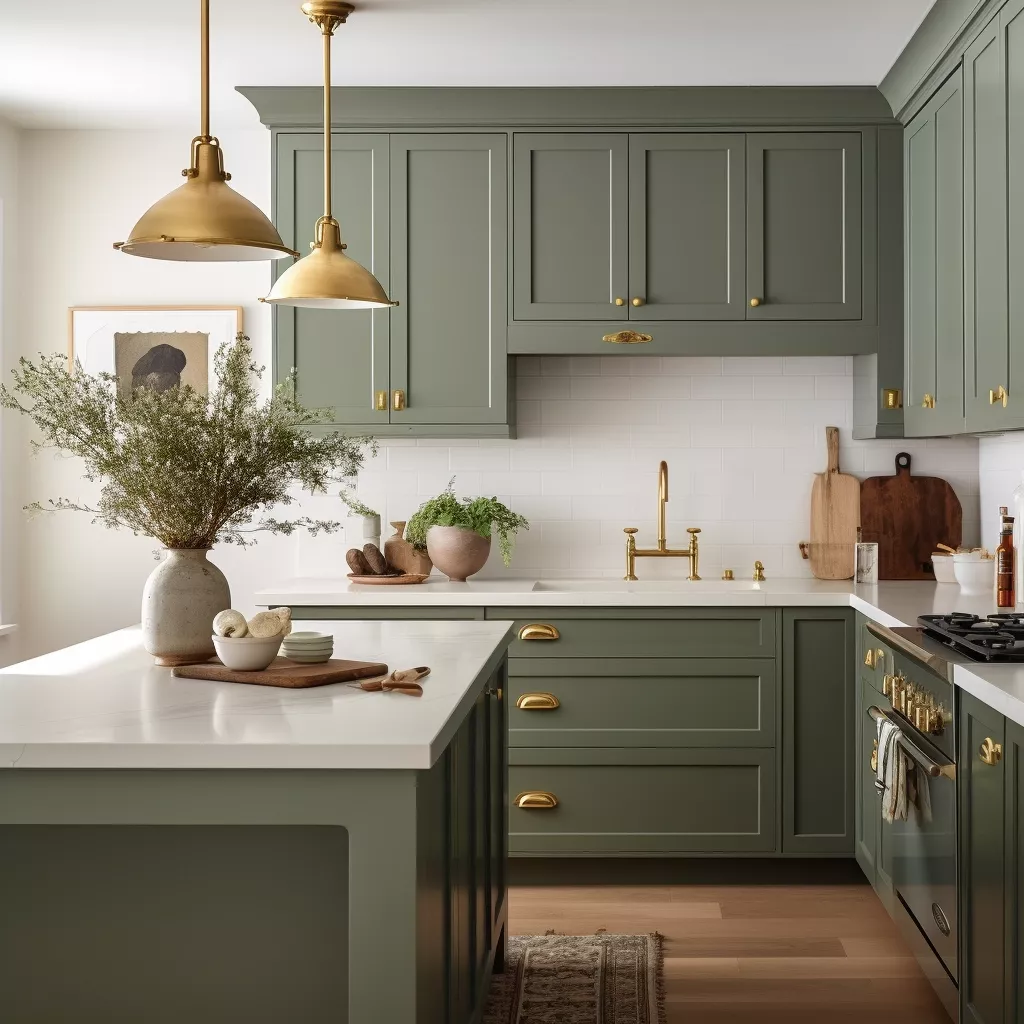Green kitchens are becoming increasingly popular among homeowners who are looking to reduce their environmental impact and create a more sustainable living space. A green kitchen incorporates eco-friendly materials, energy-efficient appliances, and sustainable design practices to minimize waste and lower energy consumption.
One of the key elements of a green kitchen is using eco-friendly materials for countertops, cabinets, and flooring. Recycled materials such as reclaimed wood, bamboo, and recycled glass are popular choices for green kitchens because they are sustainable and renewable. These materials not only reduce the amount of waste in landfills but also help to conserve natural resources.
Energy-efficient appliances are another essential component of a green kitchen. Energy Star-rated appliances use less energy and water than traditional models, which can significantly reduce energy bills and greenhouse gas emissions. Furthermore, proper placement of appliances can also contribute to a more sustainable kitchen design by maximizing natural light and ventilation, reducing the need for artificial lighting and air conditioning.
In addition to using eco-friendly materials and energy-efficient appliances, green kitchens also focus on water conservation. Installing low-flow faucets and water-saving appliances, such as dishwashers and refrigerators, can help reduce water usage and lower utility bills. Additionally, incorporating a composting system into the kitchen design can further reduce waste and create nutrient-rich soil for gardening.
Green kitchens also prioritize indoor air quality by using low-VOC (volatile organic compound) paints, sealants, and adhesives. VOCs are harmful chemicals that can off-gas into the air, leading to respiratory issues and other health problems. By choosing low-VOC products, homeowners can create a healthier indoor environment for themselves and their families.
Finally, sustainable design practices such as proper insulation, natural lighting, and passive heating and cooling strategies can further enhance the energy efficiency of a green kitchen. By utilizing these strategies, homeowners can reduce their carbon footprint and create a more comfortable and sustainable living space. Whether you are renovating an existing kitchen or building a new one, incorporating green design elements can help you create a healthier and more environmentally friendly kitchen.
 redboth.com Decoration ideas for your home
redboth.com Decoration ideas for your home
































































